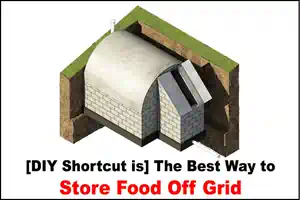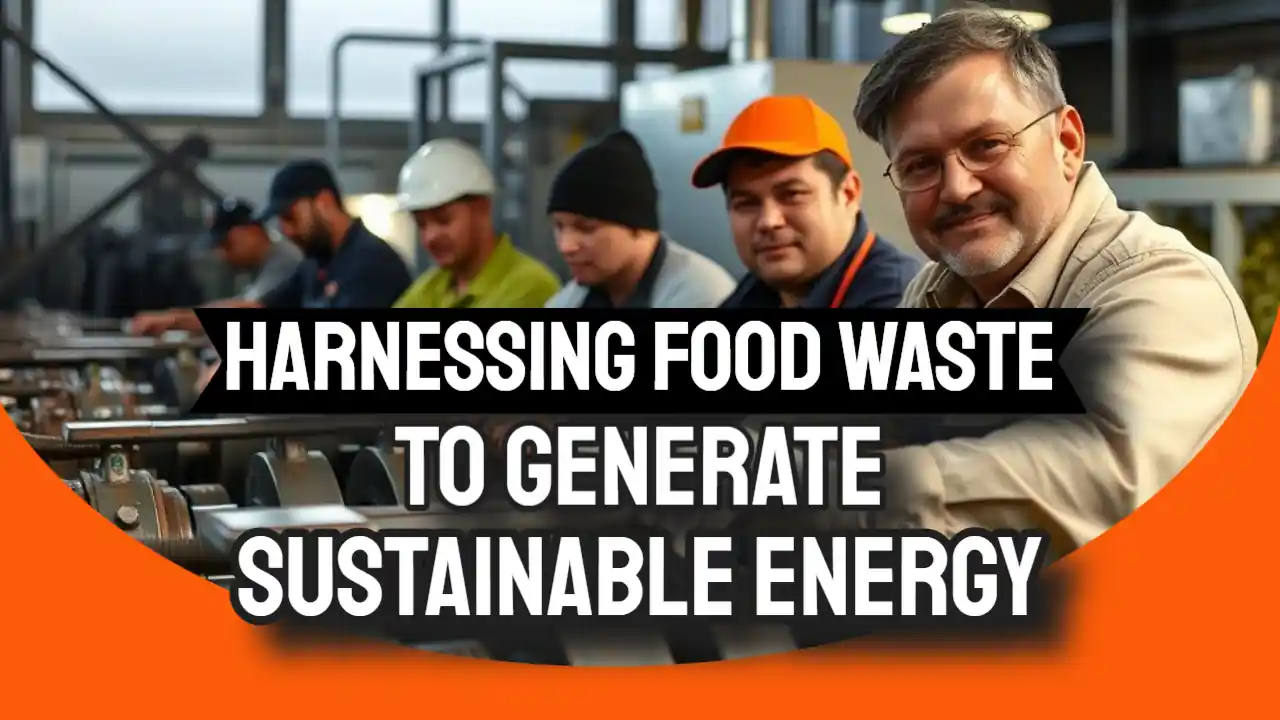
Harnessing Food Waste To Generate Sustainable Energy
Many people are looking for ways to handle food waste better. Did you know 1.03 billion tons of food go to waste each year? This blog will show how turning food waste energy can tackle this problem. Keep reading, and let's learn together. Key Takeaways Every year, 1.03 billion tons of food gets wasted. Turning this waste into energy can reduce methane emissions from dumps and help fight climate change. Two main methods to convert food waste into energy are anaerobic digestion and biomass gasification . These processes create renewable energy like electricity and fuel . Using all U.S. food waste for renewable diesel could lower greenhouse gases by up to 2.6%. This shows using biowaste wisely helps our environment. Preparing food waste properly before turning it into energy is key to making the process efficient. It involves sorting, chopping, and sometimes adding bacteria. Converting food waste into energy improves how we manage waste , reduces harmful gases in our air, and lessens reliance on foreign oil sources . The Potential of Food Waste for Energy Production Moving from the introduction, we see that food waste holds great
read more →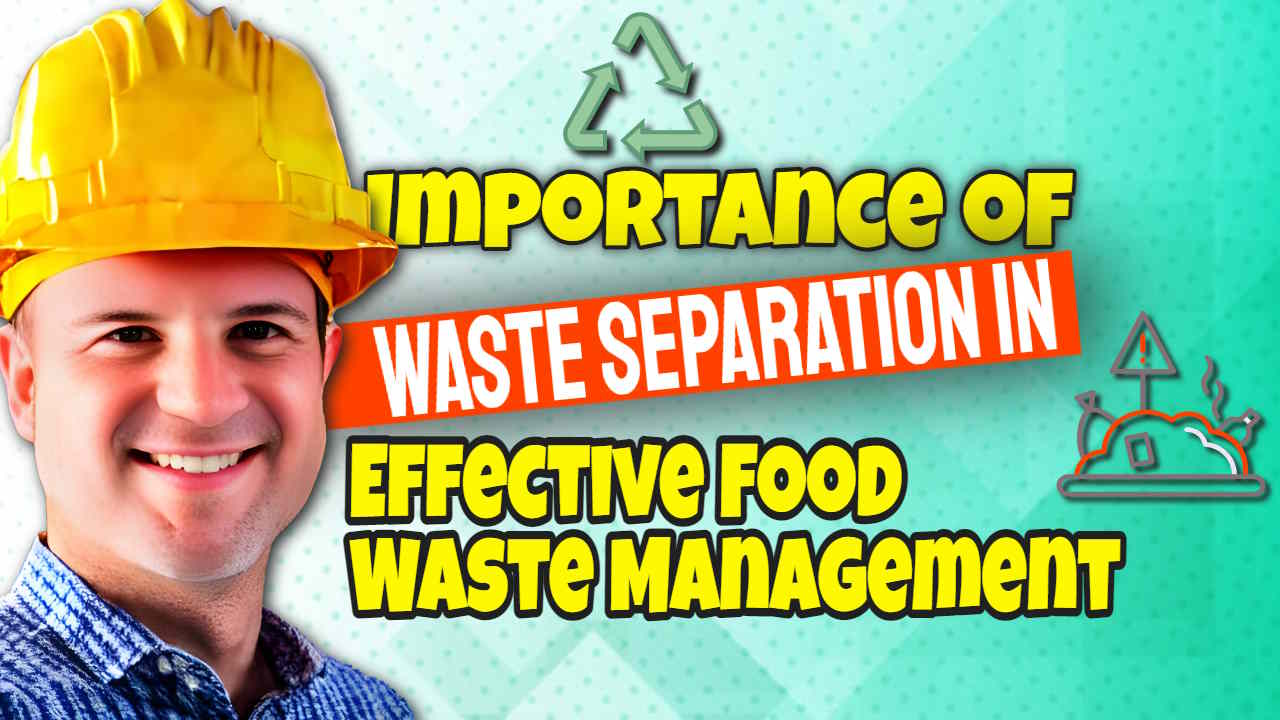
Importance of Waste Separation in Effective Food Waste Management
Waste separation is an essential aspect of effective waste management, and it is becoming increasingly important in the context of food waste. Proper waste management ensures that waste materials are handled safely and responsibly to minimize environmental pollution, health risks, and resource depletion. However, with the increasing amount of waste generated globally, waste management has become a challenging task for many governments and municipalities. Waste Separation - A Definition Waste separation is a strategy that involves the sorting of waste materials into different streams for appropriate treatment and disposal. In the case of food waste, the process of waste separation helps to reduce the volume of food waste that ends up in landfills and incineration sites. By sorting food waste materials, it is possible to recover the valuable resources of food waste as a pulp, and recycle the "rejects stream" and minimize the environmental impact of food waste disposal. The benefits of waste separation are numerous, and they extend beyond environmental protection. Effective waste separation programs can help to reduce greenhouse gas emissions, conserve natural resources, create job opportunities, and promote sustainable development. In the context of food waste, waste separation programs can also
read more →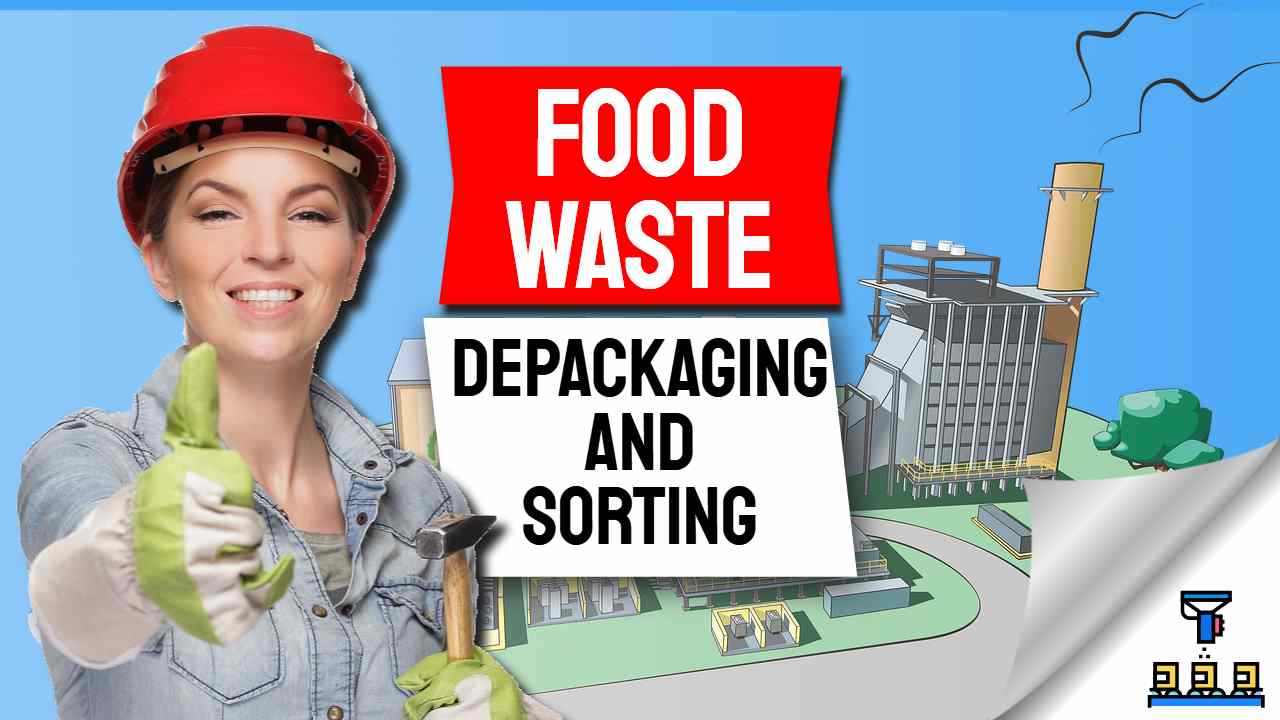
Food Waste Depackaging and Sorting
Food Waste Depackaging and Sorting are two methods that help consumers and restaurants reduce waste. Consumers can sort out their food into "edible" or "inedible" foods to reduce the amount of food that ends up in the landfill. In addition, packaging and design plays a significant role in consumers' food waste sorting behavior. Recycling companies use special depackaging and separation equipment to do this. An examples of this equipment can be seen at https://depackagingequipment.com/. WRAP reclassifies food waste items into "edible" and "inedible" WRAP (Waste and Resources Action Programme) has reclassified food waste into edible and inedible categories. It has also provided detailed information on the types of foods that are thrown away. These include fresh fruits and vegetables, leftovers, down the sink and even animals. The report states that in 2012 household food waste in the UK amounted to 7 million tonnes. This equates to 110 kg per person per year. The report demonstrates two minor routes to waste disposal at home: anaerobic digestion and home composting. The best measure for reducing food waste in the home is to avoid preparing or consuming it in the first place. A good way to accomplish this is to improve cooking methods to reduce the amount of preparation residues. Food waste classification is not complicated. There are five
read more →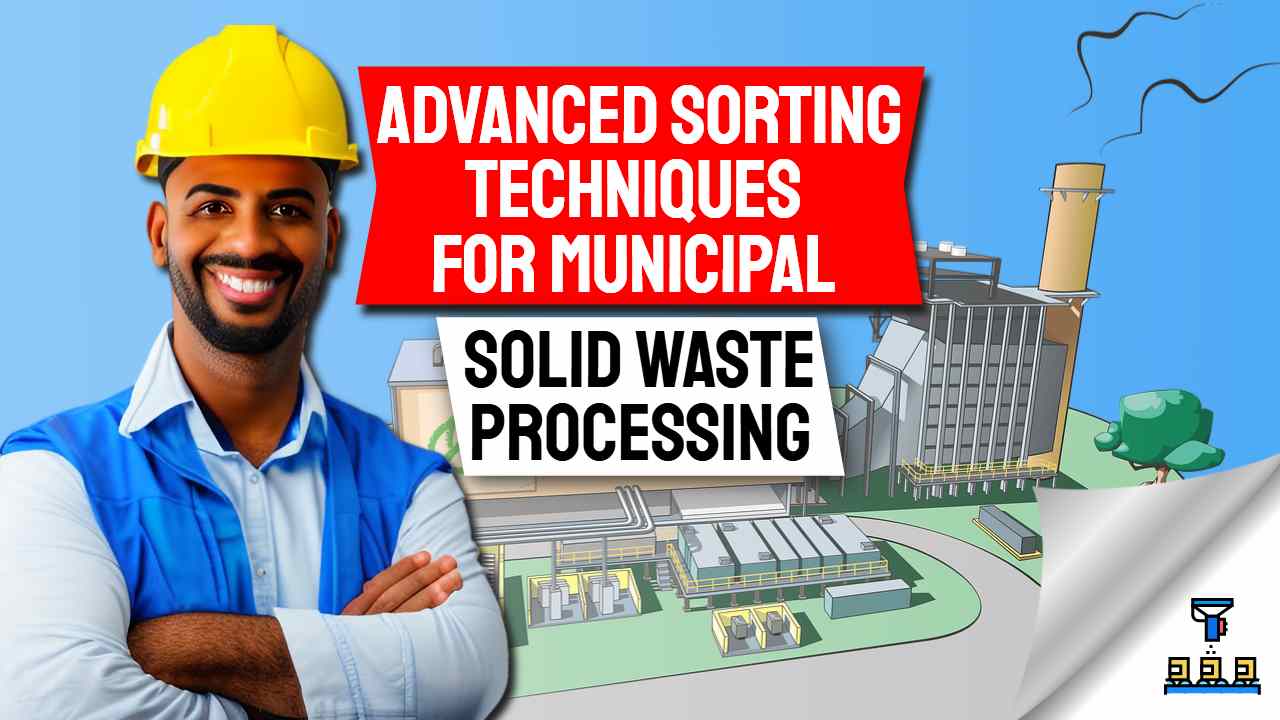
Advanced Sorting Techniques for Municipal Solid Waste Processing
Municipal solid waste (MSW) management is a crucial aspect of ensuring a clean, healthy and sustainable environment. One way in which municipal waste managers hope to improve recycling rates and lower the costs of running their Materials Recovery (Recycling) Facilities is by implementing advanced sorting techniques for municipal solid waste processing. Comparison of manual sorting versus automated sorting systems One of the key steps in the management of MSW is sorting, which separates recyclable materials from non-recyclable waste. Traditional sorting methods have relied heavily on manual labour, which can be time-consuming, costly, and prone to errors. However, with advancements in technology, advanced sorting techniques are now available for more efficient and effective MSW processing. One of the main advantages of advanced sorting techniques is the increased automation of the process. Automated sorting systems use various technologies such as artificial intelligence, sensor-based sorting, and machine learning to sort waste quickly and accurately. These systems can sort materials at a much higher rate than manual labour, increasing the overall efficiency of MSW processing. Additionally, automated sorting systems can reduce labour costs and minimize the risk of human error. Artificial intelligence, sensor-based sorting, and machine learning Have been
read more →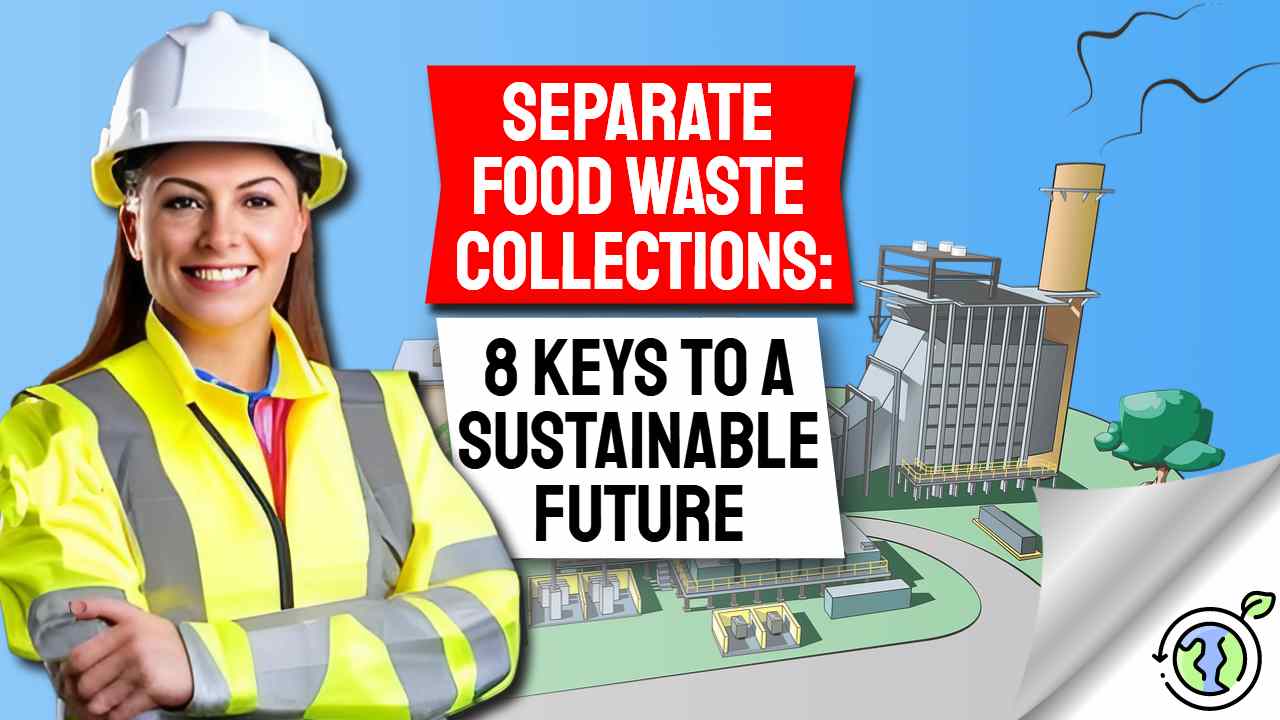
Separate Food Waste Collections - 8 Keys to a Sustainable Future
Separate food waste collections are becoming an increasingly popular solution for managing organic waste in municipalities and households in many countries, towns and cities. By diverting food waste from landfills, these programs aim to reduce greenhouse gas emissions, save resources, and create valuable compost. However, separate food waste collection programs are not without challenges , from cost and participation to education and awareness. In this article, we will explore the benefits and challenges of separate food waste collections, and examine how municipalities and households can implement and maintain these programs effectively. We will look at: the impact on the environment, economy, and community, and also the potential for creating jobs, and how it can help to create a more sustainable society. Finally, we will provide an example of the successful programs in the UK that are reducing collection costs and share practical tips for starting a separate food waste collection program in your own community. The 8 Key Outcomes That Drive the Introduction of Separate Food Waste Collections Governments, those concerned about climate change, and municipal authorities promote separate food waste collections for several reasons: 1. Reducing greenhouse
read more →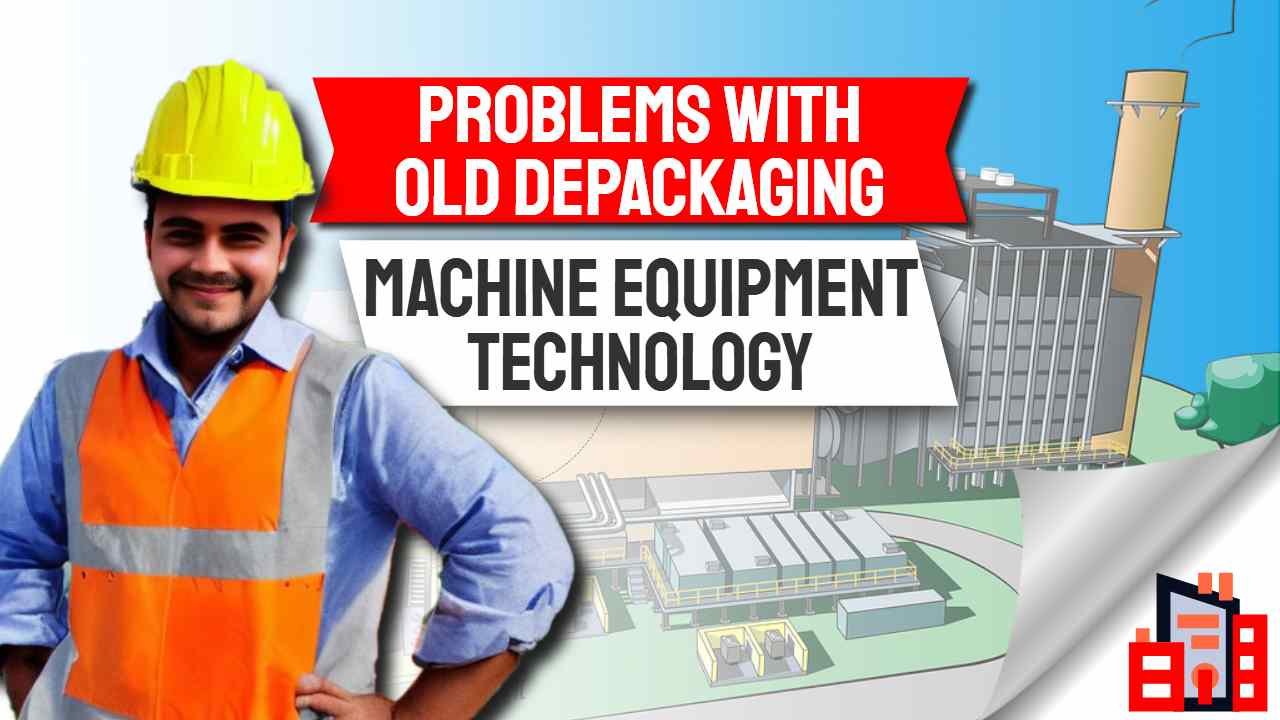
Problems with Depackaging Machine Equipment Technology
Depackaging machine equipment technology is a crucial aspect of waste management and recycling, but operating this equipment is frequently problematic. These machines are designed to separate all types of food and organic waste and packaging materials and should make it easier to recycle or compost organic waste . However, many issues can arise with the use of these machines , which can lead to costly downtime and a decrease in the overall efficiency of the recycling process or the ability to recycle plastics at all . This article discusses the various problems associated with depackaging machine equipment technology, including poor reliability, large footprints, damage by large and heavy unexpected objects, high energy use, and long delivery times on spare parts . It also highlights the examples of machines that fail to provide an optimized pulp for use to feed anaerobic digesters and those that produce a reject stream output that is not suitable for recycling and must be sent to a landfill. Depackaging Machine Equipment Technology - Often Described as Costly to Run and Unreliable These machines are designed to separate food waste and packaging materials, making it easier to recycle or compost the organic waste and
read more →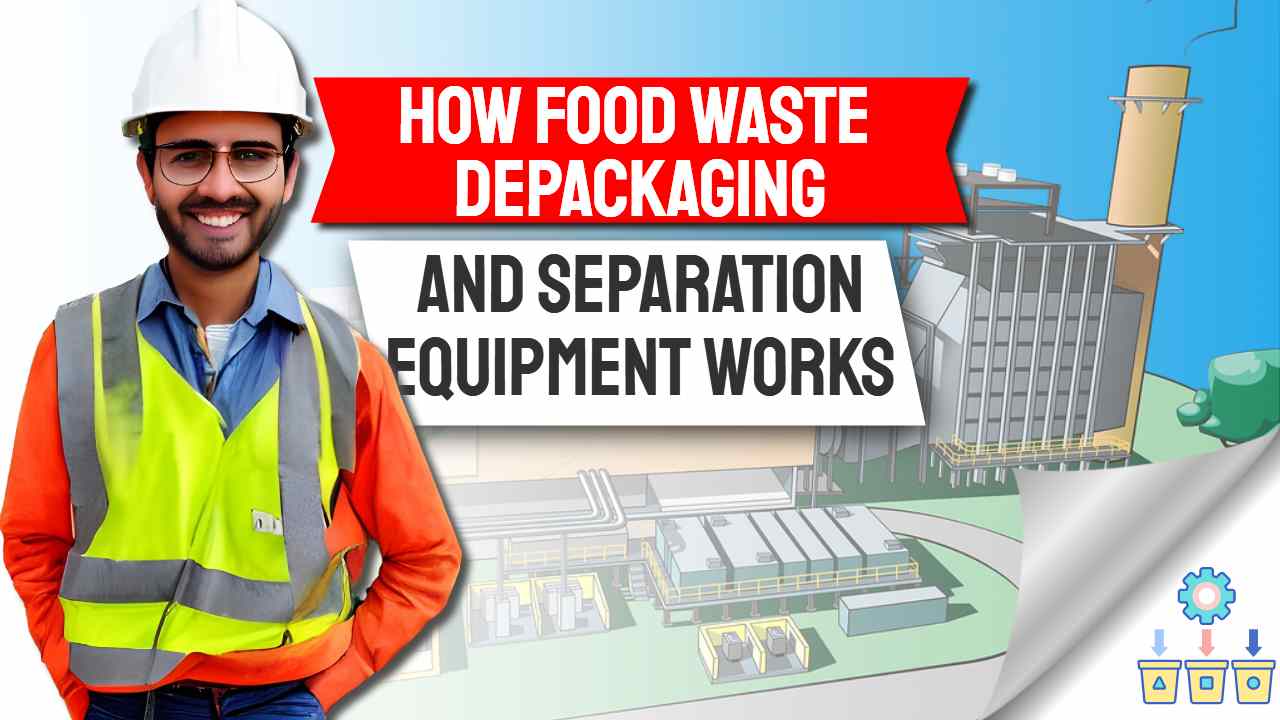
How Food Waste Depackaging and Separation Equipment Works
In this article about how food waste depackaging and separation equipment works we will discuss the most popular methods used, and as trommel screening was for many years (less so now) a the most used method for aerobic composting we end by comparing the advantages and disadvantages of trommel screeing versus milling, hammering and screening. Food waste depackaging equipment typically works by using a combination of mechanical and/or physical processes to separate food waste from packaging materials. The specific process used varies depending on the type of equipment and the type of food waste being processed. Common Waste Pretreatment Methods used in Food Waste Depackaging Equipment Some common methods used in food waste depackaging equipment include: Particle size reduction, such as: Shredding: This process uses a series of blades or hammers to shred the food waste and packaging materials into smaller pieces. Milling: Using the action of grinding and hammering, usually in a hammermill. Crushing: Often done using rollers to crush flat food containers squeezing out the organic material. Separation: This is not one single process but is, in most depackaging and separation systems, a separate
read more →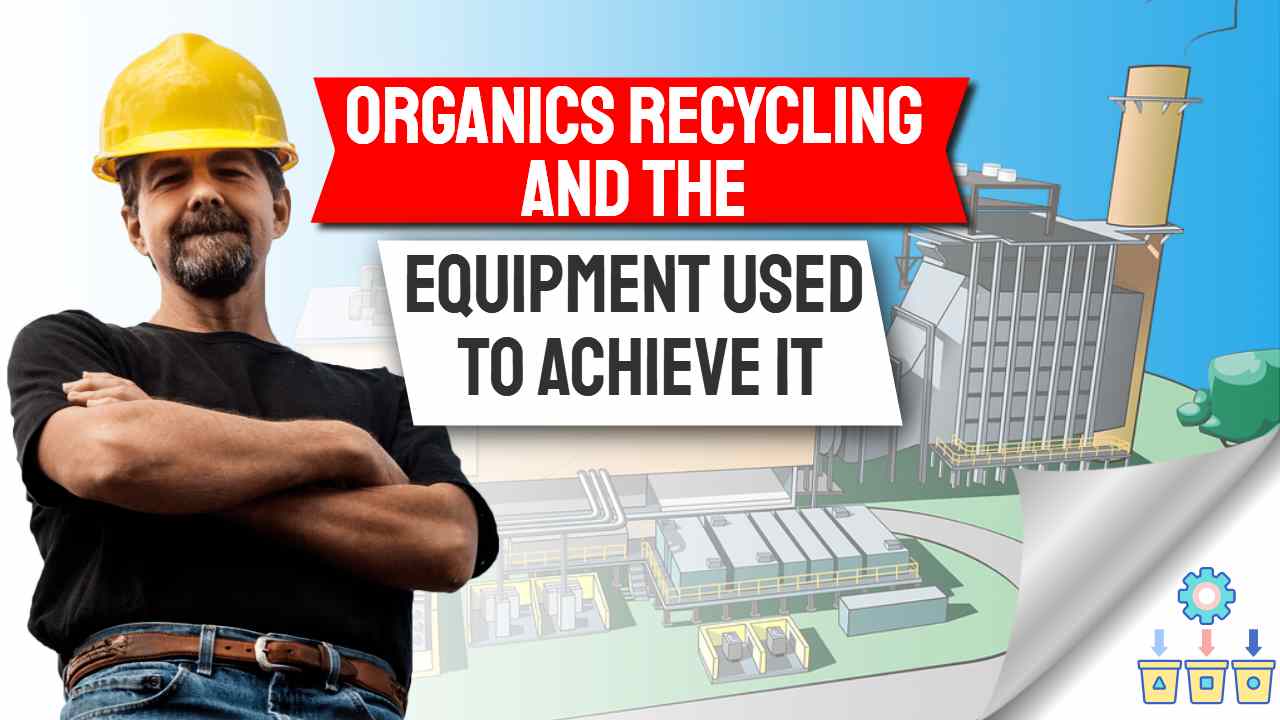
What is Organics Recycling and the Equipment Used to Achieve It?
Organics recycling refers to the process of collecting and processing organic materials, such as food scraps, yard waste, and agricultural waste, to convert them into useful products, such as compost or biogas. It is important for the environment because it diverts organic waste from landfills, where it produces methane, a potent greenhouse gas. Additionally, the compost or biogas produced from organic recycling can be used as an alternative to fossil fuels, reducing the carbon footprint of energy production. Organics Recycling and the Circular Economy Organics recycling is important for the circular economy because it helps to close the loop of materials-use by turning waste into a valuable resource, rather than extracting new resources. It also can also help to reduce the demand for synthetic fertilizers, which are often made from fossil fuels and can have negative impacts on the environment. Organics recycling is a process that involves collecting and processing organic materials, such as food scraps, yard waste, and agricultural waste, to convert them into useful products, such as compost or biogas. The organic recycling process requires a variety of equipment to: collect, transport,
read more →



